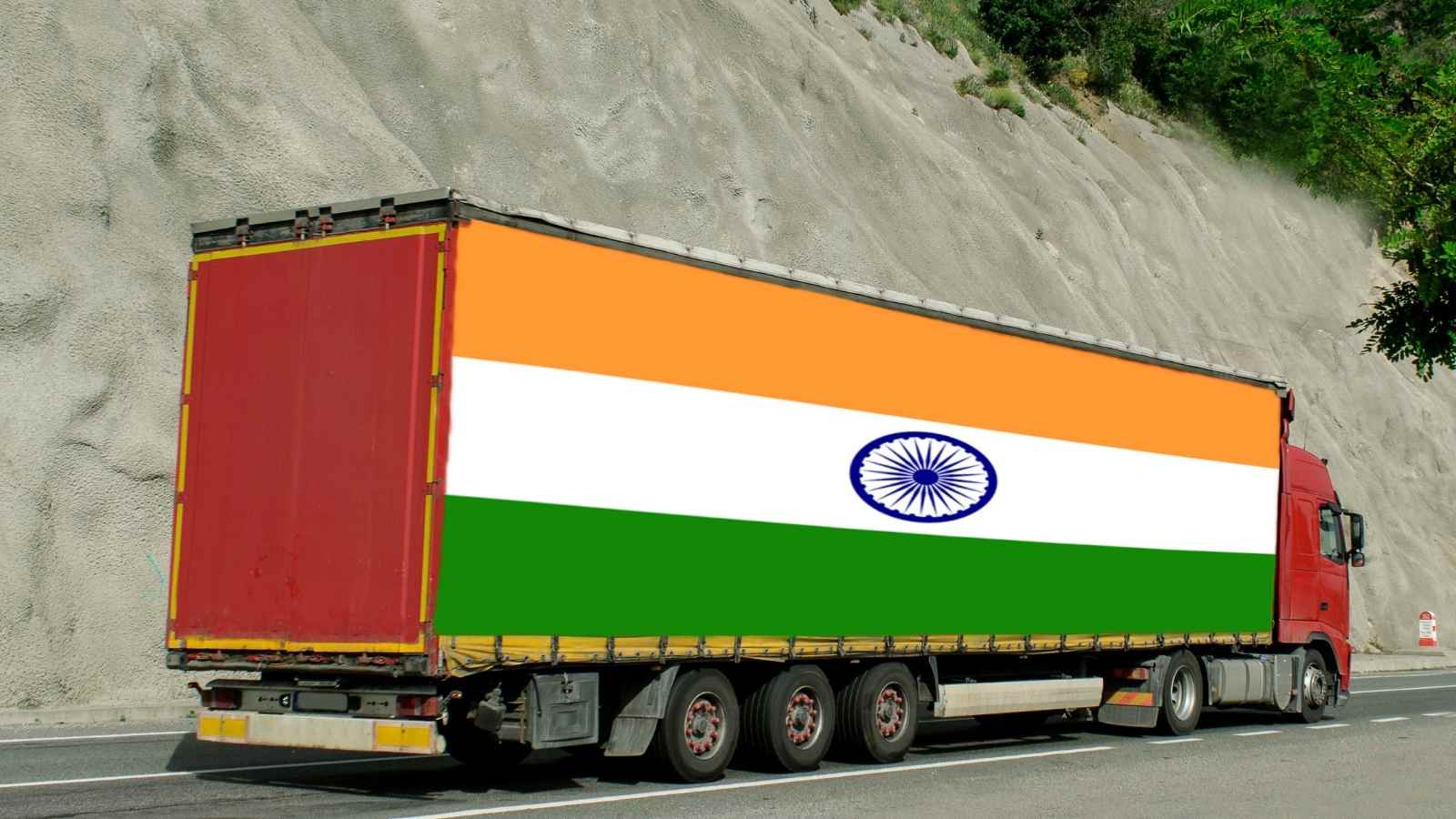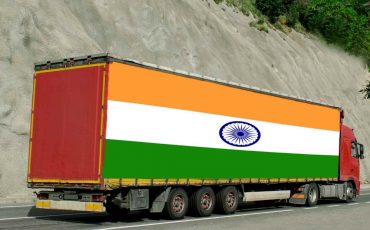With the steeping population in the country, it is not a new note that there is a constant food crisis. To limit or rather to erase this ongoing food crisis, smart farming has been introduced in India. The smart farming over the years has grown immensely popular due to the very curtailed wastage and high production power. This farming style incorporated safe ecological ideas and combined the same with the various benefits of remote sensing.
Having said remote sensing, the most important domains used are big data analytics, Internet of things (IoTs), artificial intelligence and robotics. By using the best ideas of the Green revolution and by adding the same to the technological advances in the agricultural sector, smart farming is sure to have a steady rise. Here in, we have clearly outlined the most important aspects of the smart farming which is being processed in India.

4 most amazing aspects to remember of the smart farming in India
The list of the key things needed for smart farming
First and foremost, since this technique of farming combines with technology, hence you should be well aware of both the domains. When you understand smart farming, then you should also understand that the farmers are not only interested in agriculture but also are equally tech savvy. The farmers have to be greatly knowledgeable about capital introduction. There are wide range of capital investments – some from the Governments and some from the NGOs. This farming through Information and Communication Technologies (ICT) has helped to gear up the Third Green Revolution in the country.
Why do you think that smart farming is the need of the era?
With the accelerating population, the food demand has increased. Thereby to boost the increment in the food business, automation is being brought to the scene. The cheap labour that was available was essentially very less productive. However, with the automation, not only did the work process grew faster but the outcome also come equally faster.
Some of the most important automated devices used for this farming are Subsurface dripping method. This method helps the farmers to navigate the flow of the water reaching the fields. Other devices like GPS, cameras and drones are also brought to help the farmers. These help to widen the images of the fields to provide for better understanding and monitoring the crops. The health of the crops can be studied through the images.
What can you gain from this smart farming?
The smart farming has a great variety of advantages. They help to make agriculture has a much more profitable business for the farmers. This technique of farming has helped the input costs into the farming. Likewise, due to the less manual labour involved, the wage distribution reduces. With the various technical support, the weather related hazards and their consequence losses have also been reduced. All the more, with the introduction of the site specific details, not only the farmers but all the people engaged in the chain of the supplies and the market, get profited.
Over the years, with the increment in the investment of the smart farming, it has been seen that the customer acceptance rate has increased a great deal. The smart farming lays way for profitable marketing by producing very high quality of food. The processes used in this farming helps to induce high level of antioxidants. Therefore, with more nutritional value, the profit margin definitely increases without any further ado. The smart farming has also helped to produce more and more in very less land. In a way, this intensive mechanism in the agricultural field has helped to reduce the existing food crisis in the country.
The main disadvantages regarding the smart farming
It is needless to mention that with all the great inputs in any matter also invites certain laxities. Likewise, the ICT to bring upon more profit for itself can raise the bar of cost by adding value for the output and input resourcing. Furthermore, with the monetary value being raised, this technique entails certain ethical issues as well. All the more, certain researchers have also pointed out at the hurdles which the farmers might face when they will have to adopt the costly technologies.
Since, these are used primarily for the crops like rice, maize and wheat so, the errors or rather the manipulation in the money losses can be increased. If you see this smart farming from the point of view of employment, well with the automation, many farmers and their associated people have lost their jobs as well.
Conclusion
The smart farming indeed has brought about a plethora of good qualitied food and production. However, no one can avoid the major setbacks in this new and innovated technique of farming.

